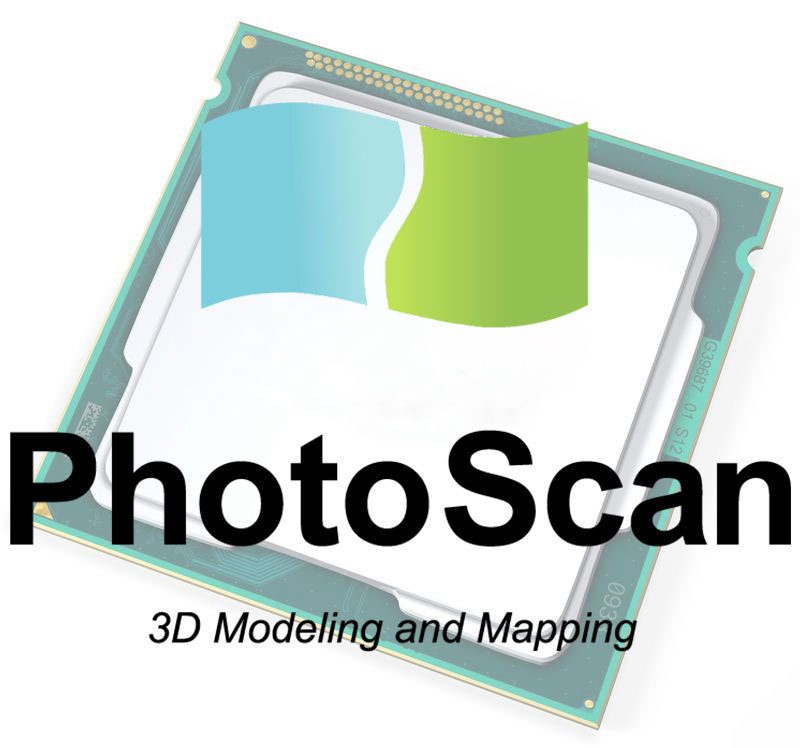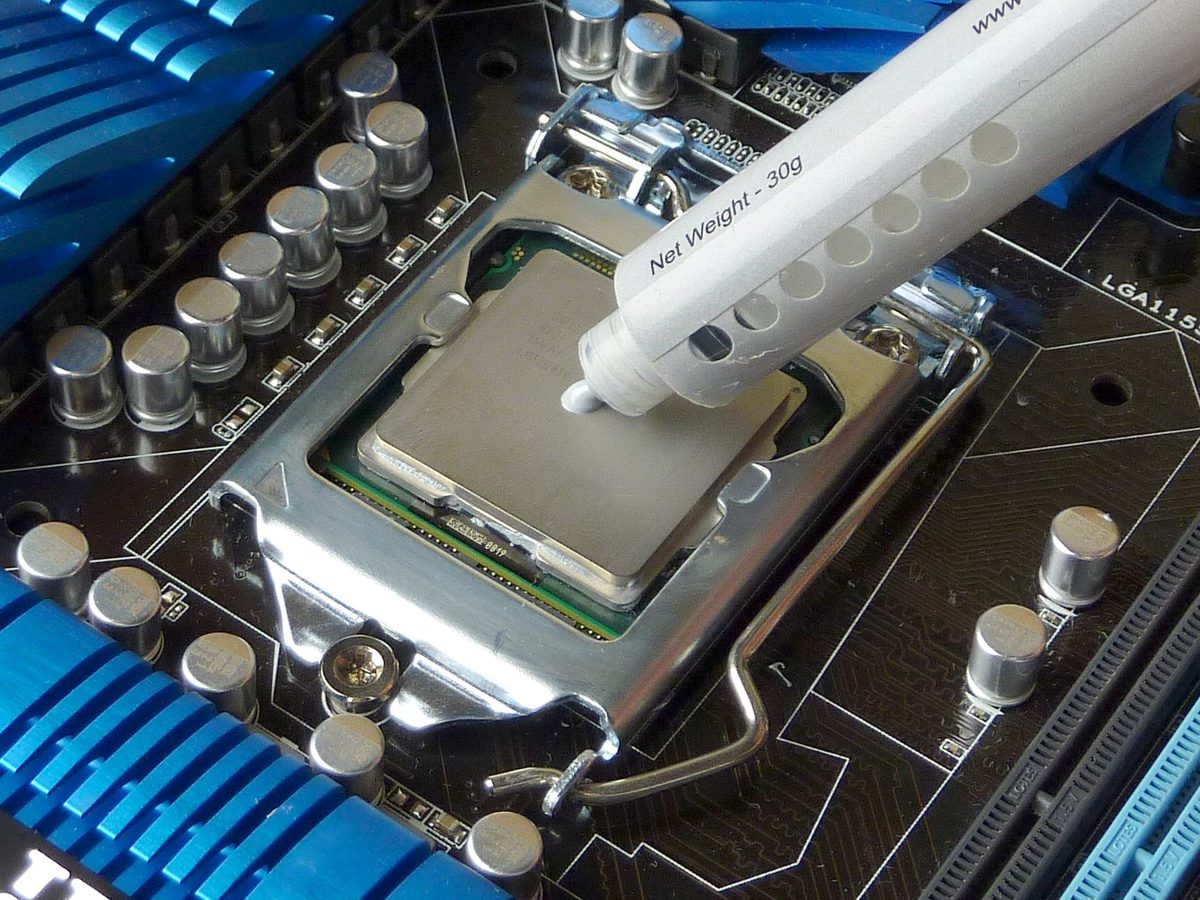Overclocking your CPU can result in higher performance in Solidworks, but there are a number of risks you run when doing so. In this article we will be benchmarking Solidworks with an overclocked CPU to determine exactly how much better performance you can achieve while also presenting the main downsides associated with overclocking.









